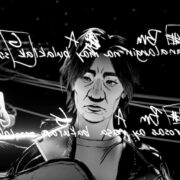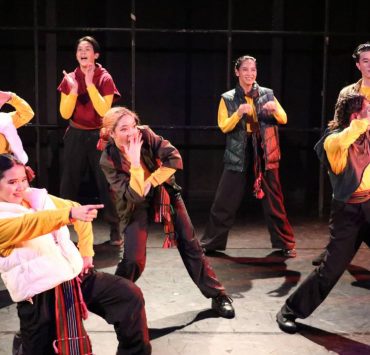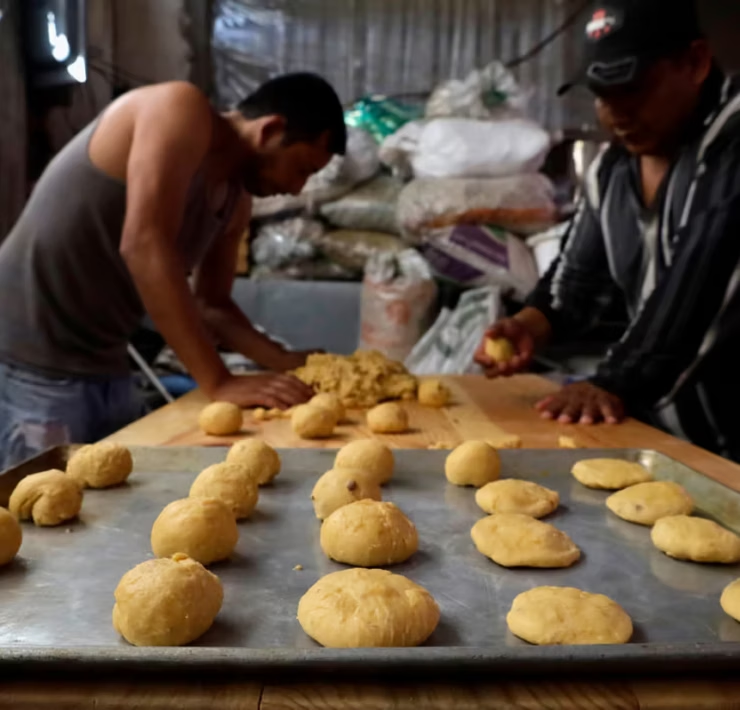Exploring the depths of Florencio B. Concepcion
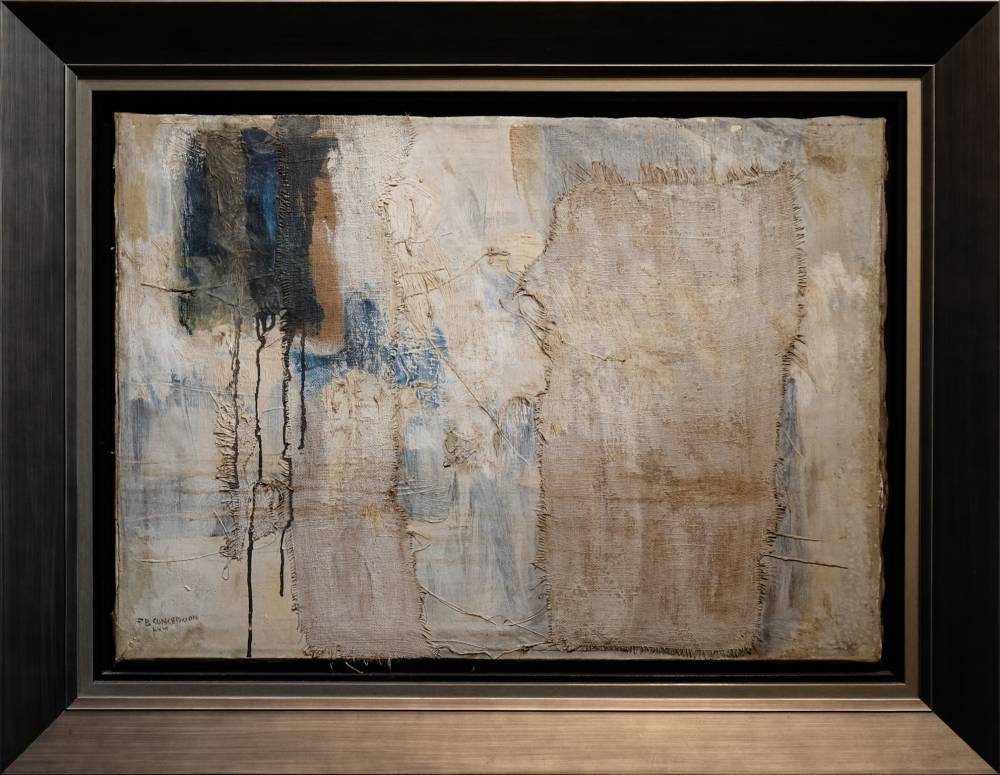
Mesmerized by the disciplined composition and nuanced layering of browns, grays, greens and whites, punctuated by a delicate smudge of black, art advisor Miguel Rosales recognized the work of a master in Florencio B. Concepcion’s oil painting “Paesaggio” (Italian for “countryside”).
The painting conveys serenity, as it is dominated by a region of warm and cool colors evocative of a field. Contrasting strips of black and taupe suggest the land and sky, contributing to the overall sense of balance and order.
“Paesaggio” showcased the quieter side of abstract expressionism, a movement popular in the 1960s. Concepcion’s work displays a distinct sensibility, unlike the typical Filipino’s penchant for bright colors and emotionally charged content.

Here, the impulsive strokes often associated with abstraction are tempered by his adherence to well-defined composition and the allure of formal beauty. The painting’s spirit resides not in bold statements but in the artist’s subtle voice.
Concepcion (1933-2006) created “Paesaggio” in the 1960s while studying for his Master of Fine Arts (Licenziato di Pittura) at the Accademia di Belle Arti in Italy as an Italian government scholar. During this period, he signed his paintings with Roman numerals.
Rosales, the creative director of Caramel, an art advisory and creative consultancy firm, has made it his mission to promote Filipino masters who often receive scant exposure. At the invitation of Avellana Art Gallery, he has mounted the exhibition “Mixed Media: Florencio B. Concepcion,” which presents a treasure trove of the artist’s works, many unseen by the public until now.
Versatility
Unearthed from Concepcion’s estate and some loaned by private collectors Margarita and Amado Forés, the exhibit offers a survey of the artist’s evolution.
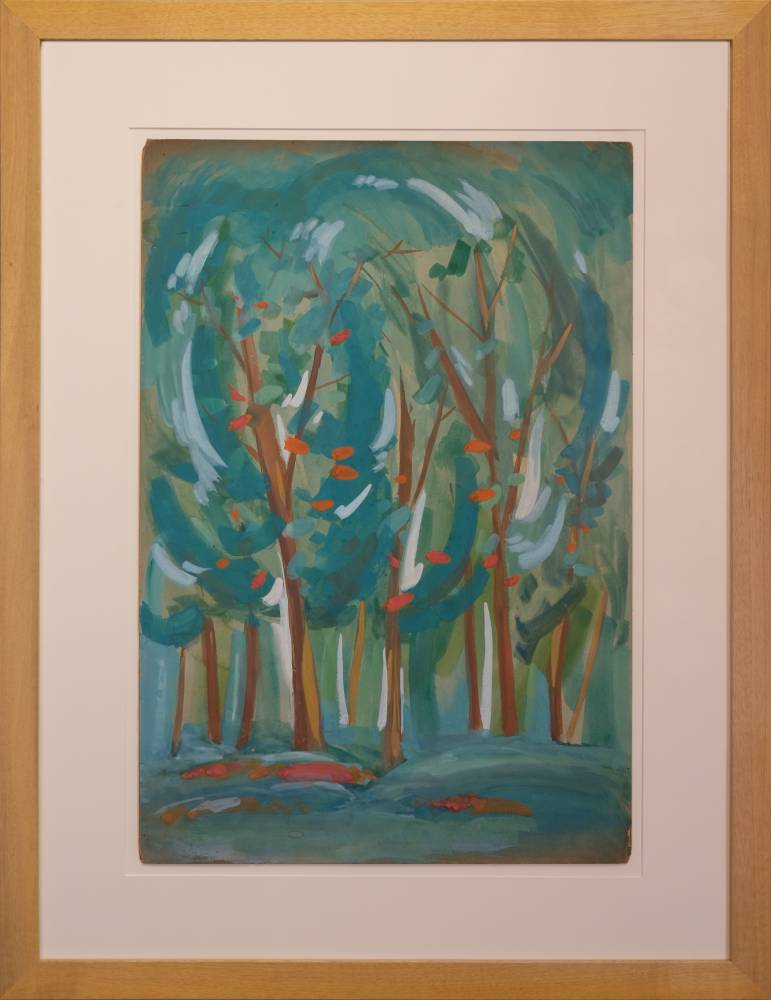
Rosales, the curator, explains, “We aim to showcase Concepcion’s versatility across various media—ceramics, printmaking and paintings.
His earlier works on paper, created in the late 1950s, utilized watercolors and gouache, showcasing a style of representational figurative abstraction.
During his time in Rome, his palette shifted toward a subdued, more monochromatic approach. Upon returning to the Philippines, his work re-embraced the vibrancy of color.”
Concepcion contrasted different materials, often layering burlap or even canvases for added depth. Later works, while flatter in texture, achieved a sense of dimension through the luminosity of his color palette.
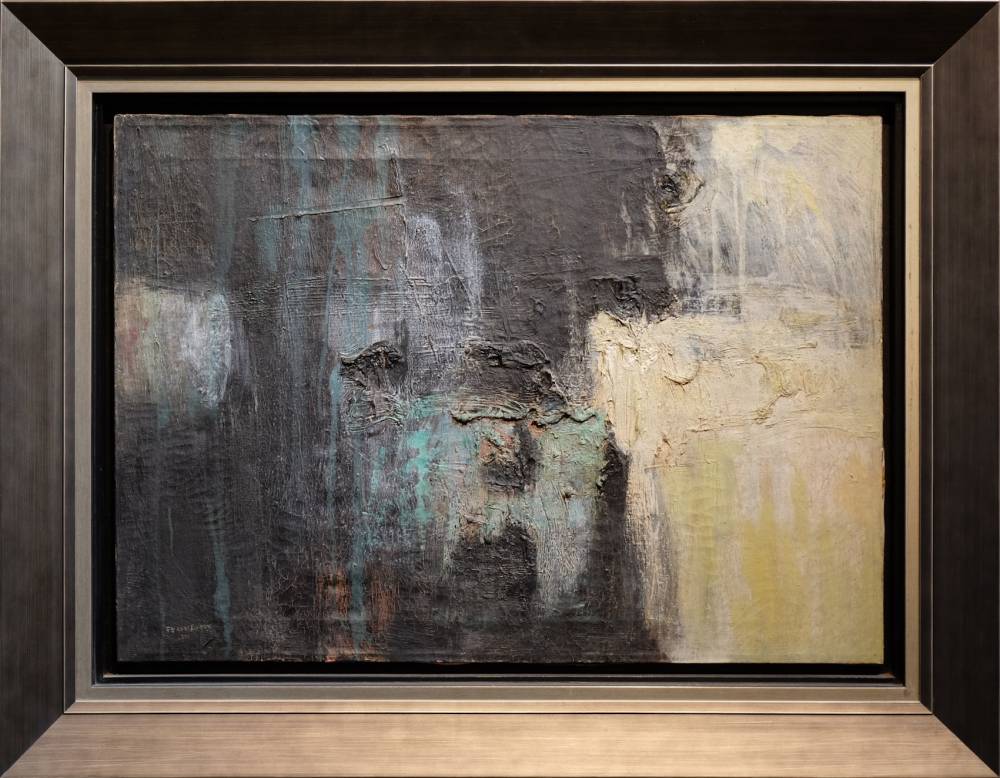
Instead of artistic pursuits, Concepcion mentored students at the University of the East (UE) from the ’60s to his retirement in 2004. He rose through the ranks from professor to dean of the College of Fine Arts. His influence continues to resonate with his former students, now prominent artists themselves.
Gus Albor, Joe Bautista and Romulo Galicano remember their “maestro” as a man of uncompromising principles, both within the university and in the realm of art. They describe him as a demanding teacher who instilled professionalism, humility and a pursuit of excellence. In his classroom, there was no room for complacency.
Strict but supportive
Albor remembers him as a strict but ultimately supportive teacher. A working student at UE from 1968 to 1971, Albor fell behind on his tuition fees. Concepcion barred him from taking a few monthly exams in his composition class. However, a softer side emerged. Upon receiving a promissory note from Albor to the university and a clearance, Concepcion relented and allowed him to continue.
This sternness was balanced by moments of unexpected generosity. When Concepcion had a sale at the prestigious Luz Gallery, he treated Albor and some classmates to merienda. Later in his career, when Albor expressed interest in one of Concepcion’s works, his mentor readily agreed to an exchange.
Concepcion set the example of having a repertoire of both minor works, such as drawings on paper, and major works—the paintings on canvas. He instilled in his students the necessity of being both a skilled draftsman and a painter to fully refine their artistry. Albor acknowledges the influence of Concepcion’s quiet demeanor on his abstract works.

Similar to the American icon Mark Rothko, Concepcion possessed an almost meditative focus on the core elements of painting: color, surface, proportion and scale. He believed these elements, when wielded with intention, could unveil profound truths that transcended the canvas itself.
Leading the eye
Even today, realist painter Galicano is guided by the principles taught by Concepcion. His mentor imparted that regardless of style, a painting should be grounded in strong compositional principles. “Even an abstract painting should show composition,” says Galicano.
The maestro taught that beauty on the canvas might appear straightforward, a symphony of pleasing colors. Yet, beneath the surface lies a hidden language: the composition. Even the masters of realism weren’t mere copyists; their art, too, was a form of abstraction. It’s when the artist infuses emotion and creativity that the lines blur between the literal and the abstract, says Galicano.
Concepcion underscored the importance of guiding the viewer’s eye through the artwork, and keeping that vision within the canvas. Galicano describes it as weaving a visual story, where elements such as color, rhythm, contrasts, dominance, unity, balance and composition all work together to lead the viewer into the artist’s world.
Despite his awe of Concepcion, Galicano understood the reasoning behind his strictness. He recounts an assignment in their composition class where students were instructed to submit preliminary sketches before finalizing their artwork. Galicano skipped this step and presented his final pieces directly. Although the works adhered to artistic principles, Concepcion flunked him. This harsh lesson served as a reminder of following proper artistic procedures.
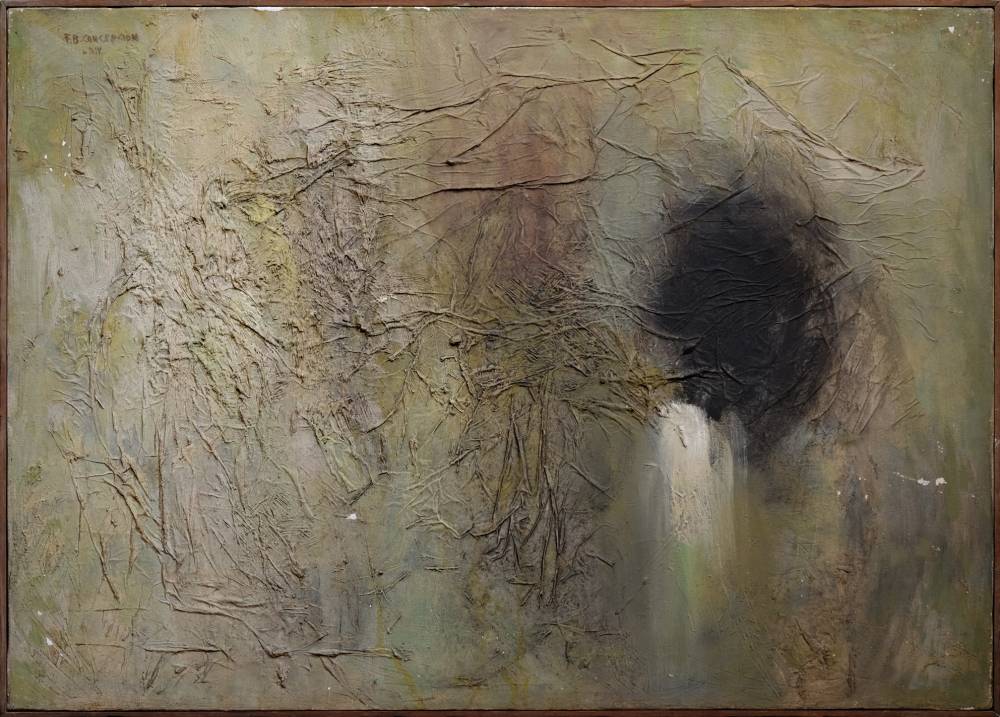
“I’ve kept those plates with the failing mark,” Galicano says. “I plan to include them in a potential retrospective that showcases the learning process.”Guidance
While Albor and Galicano focused on painting, Bautista, a student in the early 1970s, majored in advertising. Despite his different path, Bautista credits Concepcion’s classes in composition and color techniques. Whenever he observed Bautista painting, Concepcion would offer guidance, suggesting ways to balance elements, enhance color usage and maintain focus within the canvas.
Bautista also noticed a difference in Concepcion’s approach to color instruction. Painting majors received a more rigorous education in color modulation. Conversely, advertising majors enjoyed more leniency in their color palettes, reflecting the field’s connection to graphic design and poster art.
Unlike his contemporaries such as Ang Kiukok and Cesar Legaspi, who actively exhibited and received media attention, Concepcion remained dedicated to academia, says Bautista.
He expresses hope that Concepcion will receive the recognition he deserves, similar to such masters as Van Gogh and Rembrandt, who gained fame only after their lifetimes.
“Mixed Media: Florencio B. Concepcion” runs until Aug. 27. Avellana Art Gallery is located at 2680 F.B. Harrison St, Pasay City.

